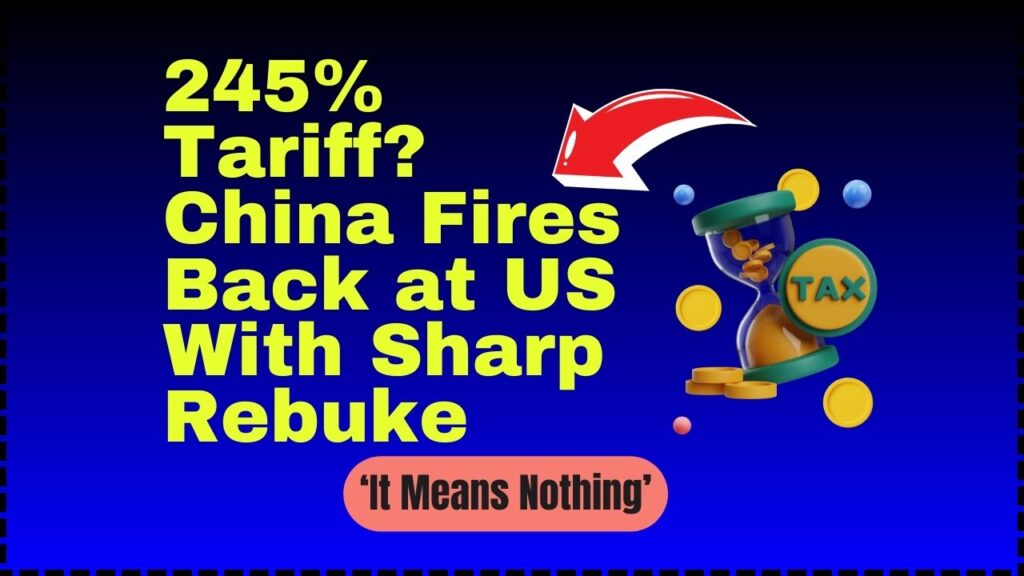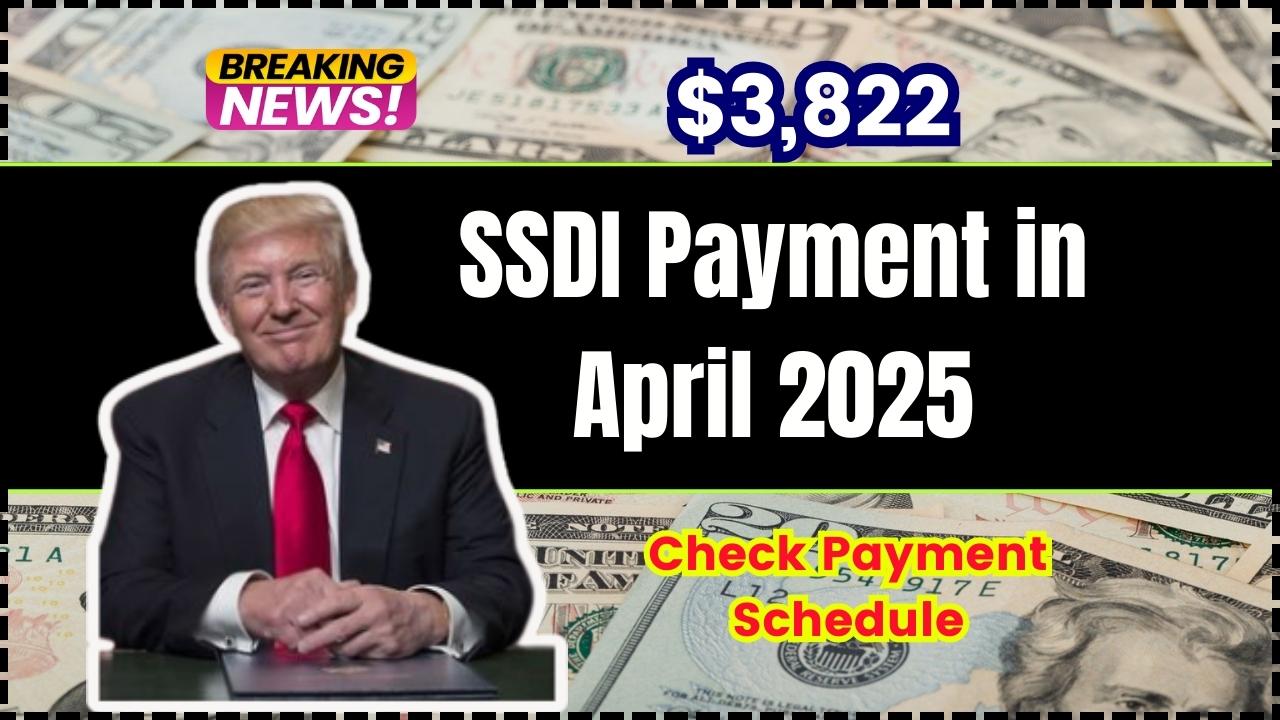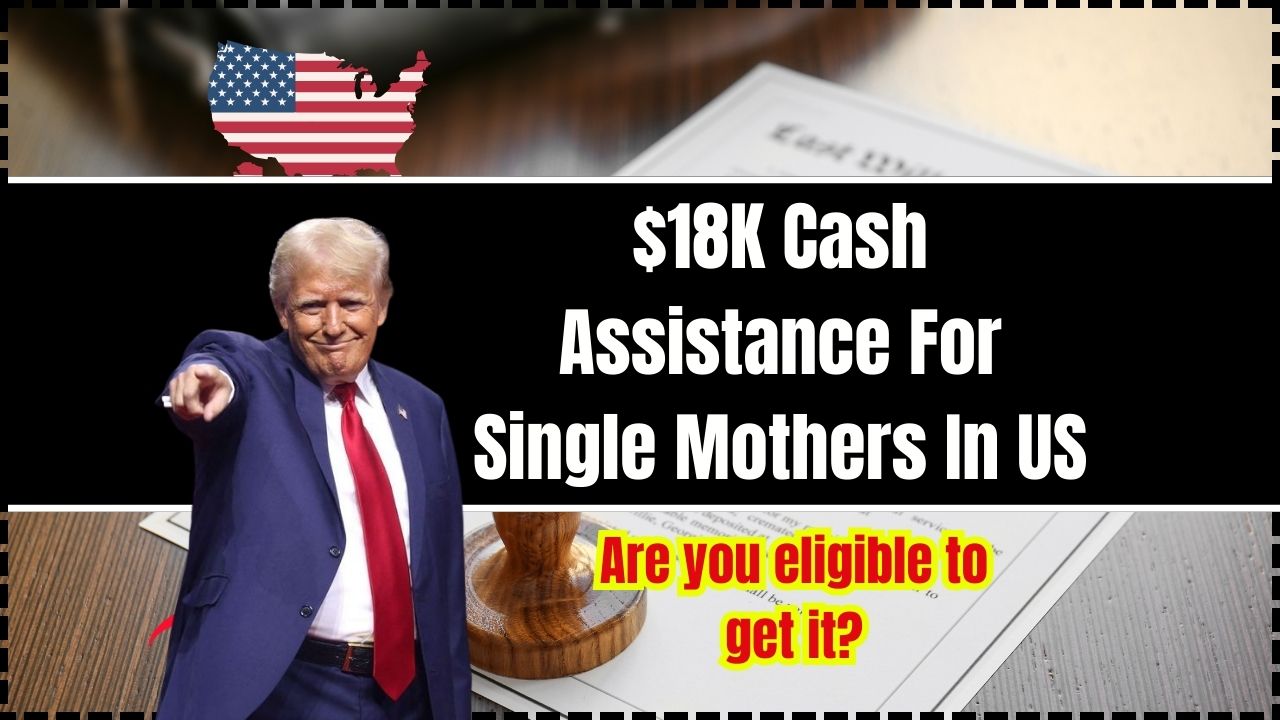
245% Tariff? In a move that has jolted global markets and reignited trade tensions, the United States has imposed tariffs of up to 245% on a range of Chinese imports. This sweeping decision, made under the authority of Section 301 and national security justifications, marks one of the most aggressive trade maneuvers in recent years.
But rather than backing down, China responded forcefully, calling the new tariffs a meaningless “numbers game” and signaling that it will not play along unless the U.S. shows mutual respect in future negotiations. This article unpacks what’s happening, what it means for businesses and consumers, and how it might reshape U.S.-China relations—and your wallet.
245% Tariff?
The announcement of 245% tariffs on Chinese imports has reignited tensions between the U.S. and China, setting off a new round of economic and geopolitical posturing. While intended to protect American industries, the move comes with real consequences—for businesses, consumers, and international trade norms. As China pushes back, the world is watching. Whether this turns into another prolonged trade war or a short-term tactic remains to be seen. One thing is certain: the ripple effects are already being felt across industries and supply chains around the globe.
| Topic | Details |
|---|---|
| Tariff Increase | U.S. imposes up to 245% tariffs on Chinese imports, targeting electric vehicles, batteries, medical supplies, and digital goods. |
| Breakdown | Includes 125% retaliatory tariffs, 20% fentanyl-related penalty, and up to 100% additional Section 301 duties. |
| China’s Response | Rejected tariffs as “bullying”; filed a WTO complaint and increased retaliatory tariffs to 125%. |
| Impacted Businesses | Firms like Shein, Temu, and Cephalofair Games face steep new costs; prices likely to rise. |
| Consumer Effect | Expect price increases on electronics, toys, clothes, and hobby items; de minimis exemption removed. |
| Official Source | White House Tariff Fact Sheet |
Understanding the 245% Tariff Decision
The term “245% tariff” isn’t a single, uniform rate. It’s a combination of several stacked tariffs applied on top of each other for specific product categories. Here’s how it breaks down:
- 125% Reciprocal Tariff: Imposed in response to China’s own tariffs on U.S. products.
- 20% Fentanyl Accountability Tariff: Penalizing China for alleged inaction in preventing the export of fentanyl ingredients to the U.S.
- Section 301 Tariffs (7.5–100%): Target unfair trade practices and tech-transfer requirements.
These tariffs cover a wide range of sectors including clean energy technologies (batteries, EVs), consumer electronics, healthcare devices, and even recreational goods like toys and board games.
China’s Sharp Response: “This Means Nothing”
In a direct and unusually candid rebuke, China’s Ministry of Commerce stated:
“These tariffs have degenerated into a meaningless numbers game. We will not engage under coercion.”
Rather than escalating the conflict with bluster, Beijing chose to:
- File a complaint with the World Trade Organization (WTO), challenging the legality of U.S. tariffs.
- Raise tariffs on U.S. imports to 125% on certain items.
- Limit exports of rare earth metals, essential for tech and defense industries.
- Enforce stricter controls on U.S.-linked companies, including investment restrictions.
Beijing’s measured, policy-based response is strategic—it signals strength without jeopardizing domestic economic recovery post-COVID.
The Economic Impact: Who’s Affected?
On U.S. Businesses
- Shein and Temu: These ultra-fast fashion retailers, which rely on shipping low-cost packages directly from China to U.S. customers, are affected by the removal of the de minimis exemption. Previously, items under $800 could enter duty-free. Not anymore.
- Cephalofair Games: The board game publisher behind Gloomhaven: Second Edition faces over $4 million in unexpected import taxes due to these new rules. It could delay the game’s release and impact crowdfunding efforts.
- Automakers and Electronics Firms: Companies relying on lithium-ion batteries, rare earth elements, or assembly components from China will see rising input costs.
On U.S. Consumers
Everyday shoppers may not immediately notice price increases, but experts warn that it’s just a matter of time:
- Electronics like smartphones, laptops, and gaming consoles may go up by 5–20%.
- Clothing from online retailers could see 10–15% price hikes.
- Toys and board games—especially hobbyist imports—will get more expensive.
Historical Context: A Trade War Reignited
This isn’t the first time the U.S. and China have clashed over tariffs.
- In 2018, the Trump administration launched a wave of tariffs under Section 301 to address alleged IP theft and forced tech transfers.
- By 2020, over $550 billion worth of goods were under some form of tariff.
- In 2021–2024, the Biden administration maintained tariffs but emphasized multilateral cooperation.
- In 2025, under President Trump’s renewed leadership, the policy has shifted sharply back toward unilateralism and economic nationalism.
Experts believe this latest move could mark a new chapter of “economic decoupling” between the world’s two largest economies.
What This Means for the Global Economy?
The consequences aren’t confined to the U.S. and China:
- Global supply chains could be disrupted as companies reroute production to avoid tariffs.
- Emerging markets like Vietnam, India, and Mexico may benefit as alternative manufacturing hubs.
- Commodity prices (especially lithium, nickel, and rare earths) may fluctuate due to limited Chinese exports.
Moreover, the WTO challenge may take years to resolve—leaving businesses in a state of long-term uncertainty.
Expert Insights: What Should You Do?
If You’re a Business Owner or Manager
- Audit your supply chain: Identify direct and indirect dependencies on Chinese goods.
- Explore alternate sourcing: Look to Southeast Asia or Latin America for key materials.
- Consult a trade attorney: Understand how tariff classifications impact your products.
If You’re a Consumer
- Buy sooner rather than later: Prices may rise by summer 2025 as inventories adjust.
- Support local brands: Domestic products may become more competitive under the new rules.
- Follow reliable news sources: Stay updated through the U.S. Trade Representative and WTO.
Donald Trump Fires Back at China’s Tariff Strike; What He Just Announced Could Change Everything
May 2025 US Visa Bulletin Out Now – See Family & Employment Cutoff Dates!
Trump Moves to End Free IRS Tax Filing; Here’s What It Means for Millions of Americans
Frequently Asked Questions (FAQs)
Q1. Why did the U.S. introduce a 245% tariff on China?
To pressure China into reforming trade practices, addressing the fentanyl crisis, and protecting American industries from unfair competition.
Q2. What is the de minimis exemption and why was it removed?
Previously, items under $800 could enter the U.S. tariff-free. This loophole benefited Chinese retailers like Shein. The exemption’s removal closes that gap.
Q3. How will this affect prices in the U.S.?
You may see price increases of 5–20% on electronics, toys, apparel, and household goods within months.
Q4. Can China retaliate further?
Yes, China has room to expand export restrictions, limit access to its market, or apply regulatory pressure on U.S. companies operating within its borders.
Q5. Is there hope for a resolution?
Both sides have expressed willingness to negotiate, but no formal talks are currently scheduled. A resolution will likely take time—and compromise.






